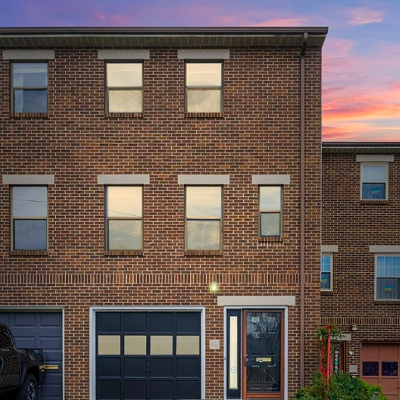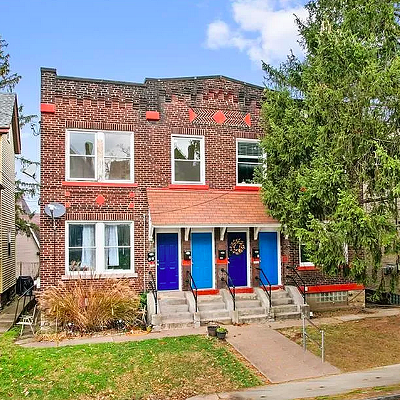Your cynicism serves you well. Because arguably the University of Pittsburgh, that bastion of truth, is built on a foundation of lies.
The 1787 date reflects the founding of the Pittsburgh Academy, which Pitt historian Robert Alberts calls Pitt's "grandfather." The school was chartered by the legislature in 1787, in an act noting that every "school or college yet established is greatly distant from the country west of the Allegheny Mountains."
But despite the title of Alberts' book, Pitt: The Story of the University of Pittsburgh 1787-1987, the book itself presents evidence putting the 1787 date in question. For starters, "Although the Academy's charter was granted [in] 1787 ... formal instruction did not begin for two years," Alberts admits. A principal wasn't hired until March 1789, when the curriculum consisted of "the Learned Languages, English, and the Mathematicks."
More importantly, the Academy was more like a grade school than a college. Public schools as such didn't exist here back then; parents had to pay for even elementary education. And that's largely what the Academy provided. Newspaper accounts of an 1804 assembly noted that "Many of the boys were not more than twelve years of age, some under ten." (And the students were all male -- although one "Monsieur Herbemont" was willing to teach French to young women in the evening ...)
Education, like much else in Pittsburgh back then, was rustic. In her own 1937 history of Pitt, Agnes Starrett writes that some of the students "worked for local merchants or picked fruit in the orchards of apple and pear trees ... on the bank of the Allegheny." As for the building itself, details about the Academy are scarce, but as Starrett writes, in those days the students' desks were "so fastened to the wall ... that they could be dropped down at night when the school room was used ... for the schoolmaster's bedroom." Sooner or later, everyone slept in class.
But by the 1810s, Alberts writes, it was increasingly clear that "Pittsburgh had no true college." Locals "lamented that young people had to travel several hundred miles to the east to receive a higher education, thus falling prey to all the moral dangers of living far from home in a strange city." And that, of course, did nothing for business along Carson Street. So city leaders again petitioned the state, and in 1819 Harrisburg granted a charter to establish the Western University of Pennsylvania. The new school used Pittsburgh Academy's buildings and other assets, and apparently other teaching programs were folded into the new school as well.
WUP's faculty wasn't hired until 1822, but the new school was much more like a college as we know it today. WUP offered a seven-year-long course, divided into a "classical" program and a "collegiate" program. (Tuition was set at $25 and $30 per year, respectively.) There were no freshmen or seniors -- students were divided into classes ranging from "hyposophs" to "pleiosophs" -- but they studied subjects ranging from Cicero to chemistry, Xenophon to geology.
"Whether anyone ever graduated with all these things in his head does not matter," notes Starrett, echoing a thought that must have occurred to a few students. What mattered was that the school "had set up an earnest and scholarly atmosphere."
All in all, then, the university's real birthdate was probably 1819, when it was chartered as a university.
Oh, and that business about the log cabin? Also PR, right down to the replica cabin in the Cathedral of Learning's shadow. Pitt's Web site declares that "this restored log cabin symbolizes Pitt's humble origins," and that it was "[m]oved to the Pittsburgh campus" to celebrate the school's bicentennial. But Alberts casts doubt about those origins: "The story that the first school building was a log house ... may be true," he writes. "[B]ut there is no direct evidence to support [it]."
In any case, Pittsburgh Academy was certainly housed in a brick structure within the following decade. From the outset, classes at Pitt were taught behind a façade of brick. And, apparently, of PR spin.










